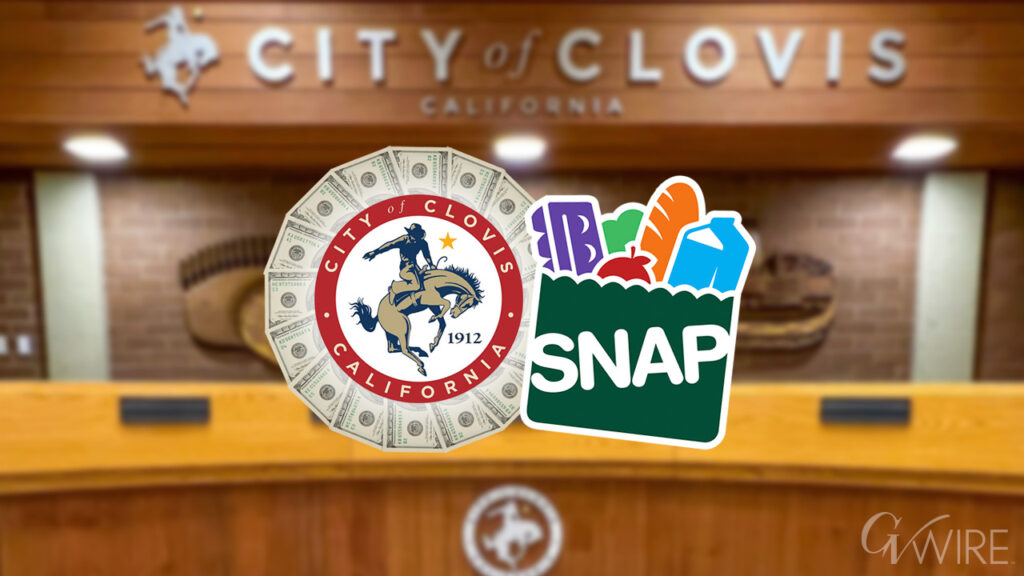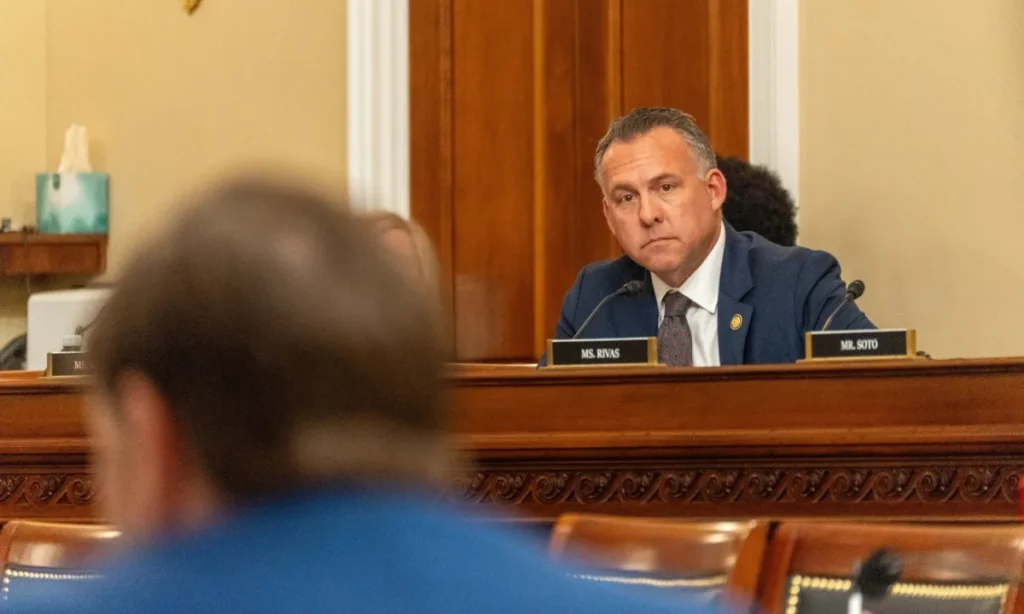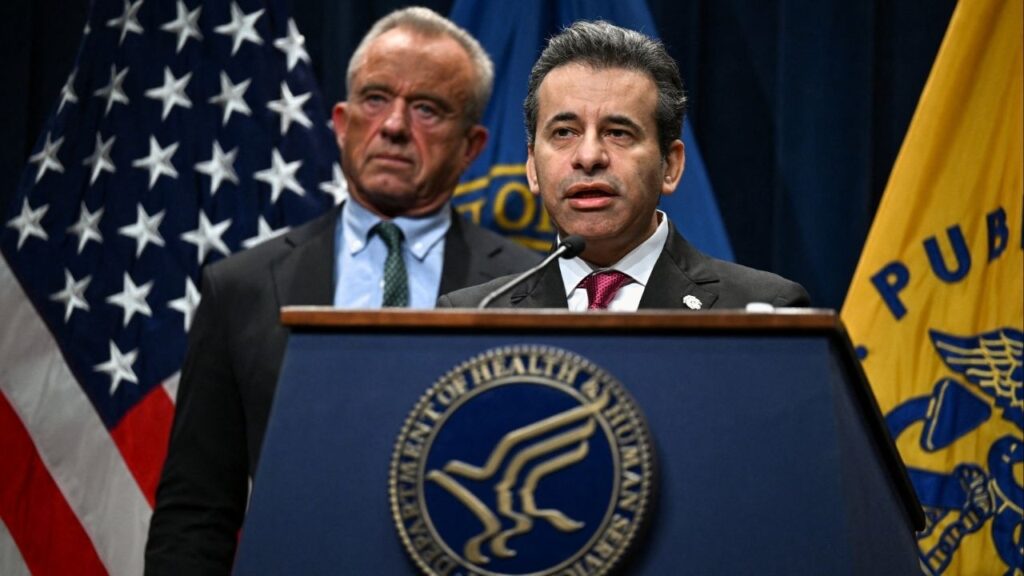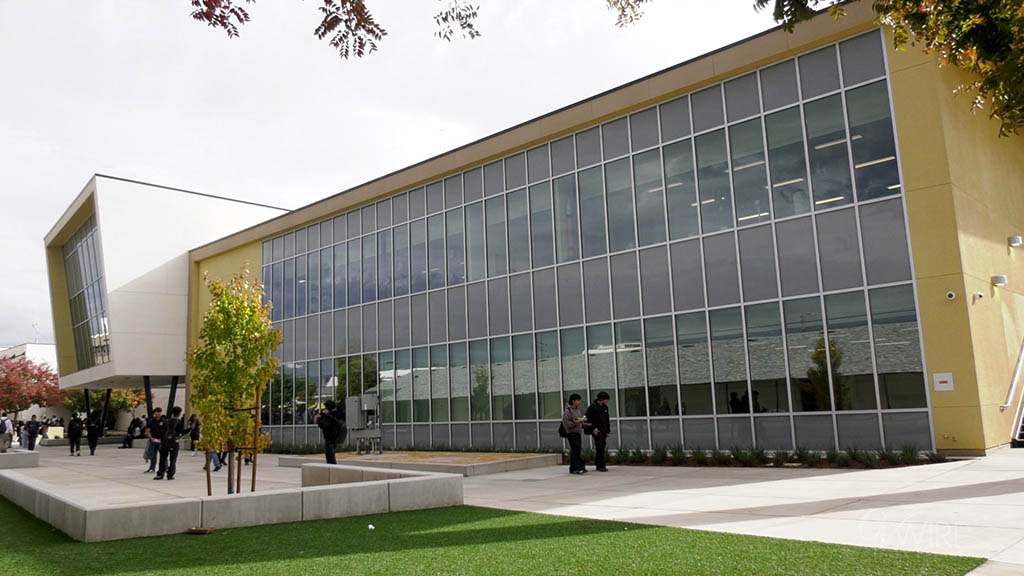Share
In the middle of July, I was surprised to find myself trudging through a couple feet of snow while hiking south of Lake Tahoe. It was a striking contrast to the long walks I took on the dry lakebed of Folsom Reservoir near my home during the historic drought just five short years ago.
That crisis led our state leaders to approve the most sweeping change in water law in a century: the Sustainable Groundwater Management Act. Gov. Jerry Brown signed it into law on Sept. 16, 2014.

Maurice Hall
Special to CalMatters
Opinion
Groundwater accounts for roughly a third of water used in California and up to half of our water during droughts, which climate change will only intensify. Groundwater basins collect water from rainfall, irrigation and other sources. It remains underground until it is pumped to the surface and used for drinking water, irrigation, and industrial uses.
This amazing natural underground storage is the critical foundation of our entire water system. Water from our rivers and streams leaks into the aquifer. If we don’t manage groundwater pumping, levels of groundwater, as well as rivers and streams, will decline, compromising the wildlife, farms, and cities that depend on them.
Over-Pumping Groundwater Is the Problem
By managing our groundwater with the Sustainable Groundwater Management Act, we are plugging leaks in the system. We’re also moving closer to achieving Gov. Gavin Newsom’s vision of a resilient water system, as he recently challenged his staff to develop in response to climate change.
To implement the act, state experts identified more than 100 groundwater basins where sustainability plans must be developed. Managers of the 21 basins with the largest gap between demand and supply must submit plans by Jan. 30, less than five money from now, outlining how they will balance their groundwater budget within 20 years.
Since its passage, I’ve often heard water managers describe the Sustainable Groundwater Management Act as the cause of their water supply problems today. However, it’s important to remember that the law is not the problem.
Over-pumping groundwater is the problem.
During the drought, over-pumping caused ground to sink, canals and bridges to move, wells to go dry, and communities to lose their only sources of drinking water.
Without the Sustainable Groundwater Management Act, conditions in many basins would worsen, leaving the deepest well (and often the farmer with the deepest pockets) to win, and the small farmers, disadvantaged communities and our natural systems to lose.
As a result of the law, hundreds of people across California are now working to understand, account for and more sustainably manage their groundwater for the benefit of future generations. Before the act, no one was watching.
There Is Still a Lot of Work to Do
Again, the Sustainable Groundwater Management Act is a big deal.
Accordingly, we at the Environmental Defense Fund are working hard, alongside water agencies, other nonprofits, university researchers and farmers, to develop ways to help ease the transition to sustainability. For instance, we are co-creating an online trading platform in Kern County to manage groundwater more flexibly.
While there is still a lot of work to do, I’m encouraged by the progress across the state.
If we bring the right tools and adequate resources to bear, we can minimize the disruption and economic costs of the transition to groundwater sustainability. And if we work together to implement the Sustainable Groundwater Management Act successfully, we will be taking a major step toward a more resilient water supply for farms, ecosystems, and cities that meets the changing needs of a dynamic California in the face of a changing climate.
That would also be a really big deal.
About the Author
Maurice Hall is associate vice president for water at Environmental Defense Fund, mhall@edf.org. He wrote this commentary for CalMatters, a public interest journalism venture committed to explaining how California’s Capitol works and why it matters. To read his past Commentaries for CalMatters, please click here and here.
[activecampaign form=31]
Categories


















